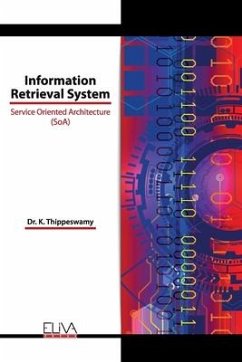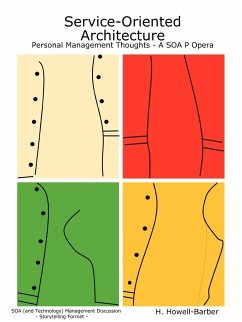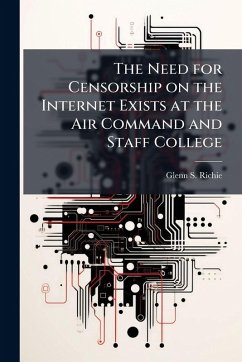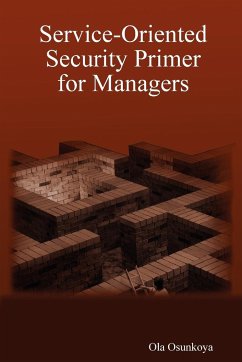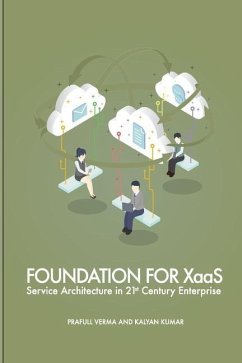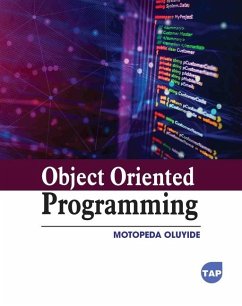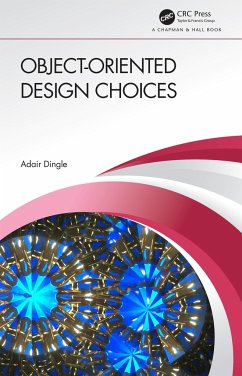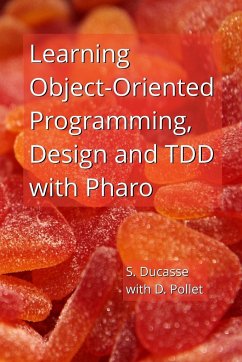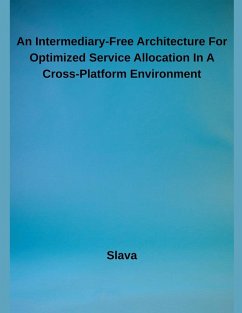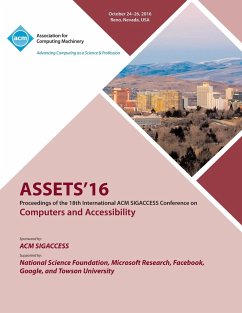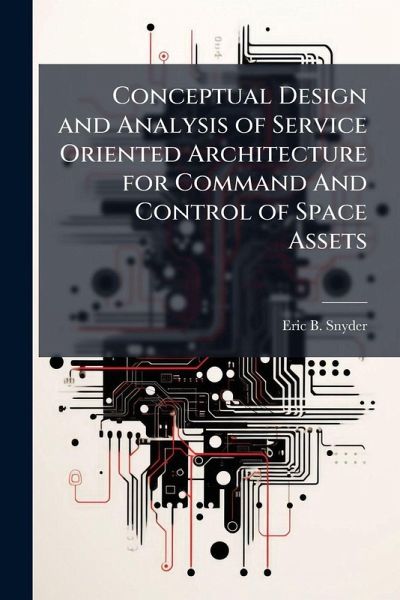
Conceptual Design and Analysis of Service Oriented Architecture for Command And Control of Space Assets
Versandkostenfrei!
Versandfertig in über 4 Wochen
15,99 €
inkl. MwSt.
Weitere Ausgaben:

PAYBACK Punkte
8 °P sammeln!
The mission-unique model that has dominated the DoD satellite Command and Control community is costly and inefficient. It requires repeatedly reinventing established common C2 components for each program, unnecessarily inflating budgets and delivery schedules. The effective utilization of standards is scarce, and proprietary, non-open solutions are commonplace. IT professionals have trumpeted Service Oriented Architectures (SOAs) as the solution to large enterprise situations where multiple, functionally redundant but non-compatible information systems create large recurring development, test,...
The mission-unique model that has dominated the DoD satellite Command and Control community is costly and inefficient. It requires repeatedly reinventing established common C2 components for each program, unnecessarily inflating budgets and delivery schedules. The effective utilization of standards is scarce, and proprietary, non-open solutions are commonplace. IT professionals have trumpeted Service Oriented Architectures (SOAs) as the solution to large enterprise situations where multiple, functionally redundant but non-compatible information systems create large recurring development, test, maintenance, and tech refresh costs. This thesis describes the current state of Service Oriented Architectures as related to satellite operations and presents a functional analysis used to classify a set of generic C2 services. By assessing the candidate services' suitability through a SWOT (Strengths, Weaknesses, Opportunities, and Threats) analysis, several C2 functionalities are shown to be more ready than others to be presented as services in the short term. Lastly, key enablers are identified, pinpointing the necessary steps for a full and complete transition from the paradigm of costly mission-unique implementations to the common, interoperable, and reusable space C2 SOA called for by DoD senior leaders. This work has been selected by scholars as being culturally important, and is part of the knowledge base of civilization as we know it. This work was reproduced from the original artifact, and remains as true to the original work as possible. Therefore, you will see the original copyright references, library stamps (as most of these works have been housed in our most important libraries around the world), and other notations in the work. This work is in the public domain in the United States of America, and possibly other nations. Within the United States, you may freely copy and distribute this work, as no entity (individual or corporate) has a copyright on the body of the work. As a reproduction of a historical artifact, this work may contain missing or blurred pages, poor pictures, errant marks, etc. Scholars believe, and we concur, that this work is important enough to be preserved, reproduced, and made generally available to the public. We appreciate your support of the preservation process, and thank you for being an important part of keeping this knowledge alive and relevant.



